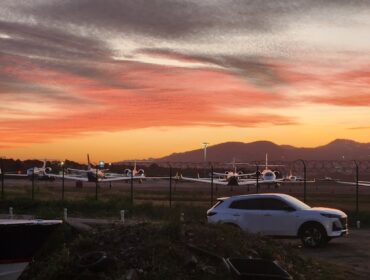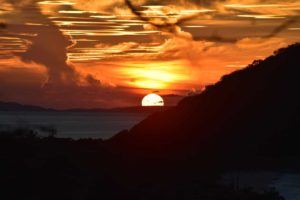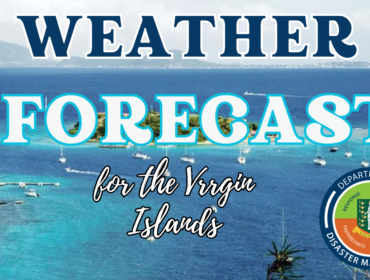Monday, February 14 – Scientific findings from an eight-day study conducted by geologists revealed that Hurricane Earl did not have a significant geological impact on Anegada.
The study, which was initiated in 2008, and subsequently in 2009, is to ascertain whether a hurricane impact was responsible for the catastrophic over-wash that occurred between 1650 and 1800.
According to the Director of the Department of Disaster Management Sharlene DaBreo, the study was relevant because scientists are concerned that the Subduction Zone in this part of the region could create a significant earthquake or tsunami event in the future.
Dr. Brian Atwater and Mr. Robert Halley of the United States Geological Survey (USGS), Dr. Martitia Tuttle of M. Tuttle & Associates and Ms. Zamara Fuentes of the Puerto Rico Seismic Network (PRSN) studied the sediments layers in salt ponds, on Anegada, that had been relatively undisturbed by crabs and other organisms because of the high salt content.
In explaining the findings, Dr. Atwater said “The signature of Hurricane Earl is very small compared to the signature of the over-wash between 1650 and 1800.”
He added that there is beautiful evidence of the over-wash on the eastern side of the island that is probably from the tsunami caused by the Lisbon Earthquake.
He said he is amazed with how well the historical geologic footprints on the island are preserved.
The scientists received many firsthand reports from Anegadians and utilised the flyover footage captured by Governor McClearey during his reconnaissance flight on the UK Navy Helicopter shortly following the impact of Earl.
Debris from an over-wash can be found inland, as well as deposits from another hurricane, possibly Donna, in 1960. It was surmised that a large Brain Coral boulder was washed over a kilometre inland, astride a great amount of sand that was carried along by the over-wash. Samples collected from the boulder will be dated by the scientists.
The geologists thanked the Virgin Islands residents, particularly Anegadians who recounted vivid recollections of the storm surge from Hurricane Donna in 1960 and Hurricane Earl in 2010. They also thanked the different Government agencies that assisted with the information gathering.
Information and Education Manager, Mr. Linton V. Leonard, said that DDM will continue to work with the scientists to develop material to be shared among the school population and the community. “This is a way of providing insight into the geological history of the mysterious, fascinating and inexplicably resilient island known as ‘The Drowned Land’, Anegada.”
Mr. Leonard said he will be working with local science teachers to have the material introduced as part of the schools’ curriculum. He added that DDM is working toward developing a story book based on the findings.
A more formalized study will be published in the Natural Hazards scientific journal. This research is funded by US Nuclear Regulatory Commission (USNRC).



